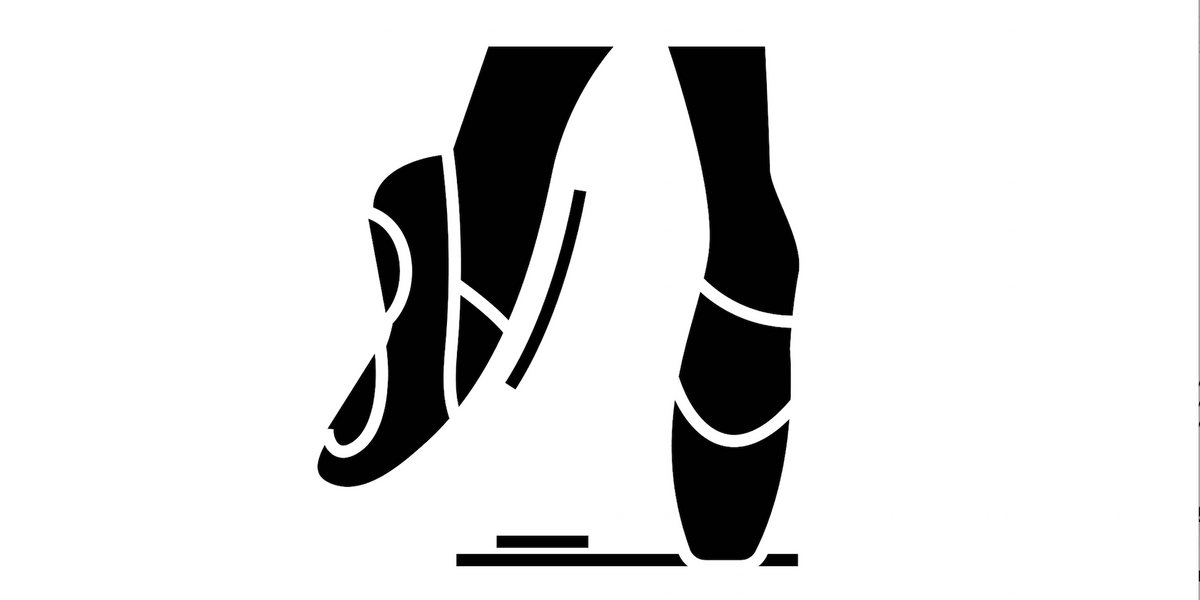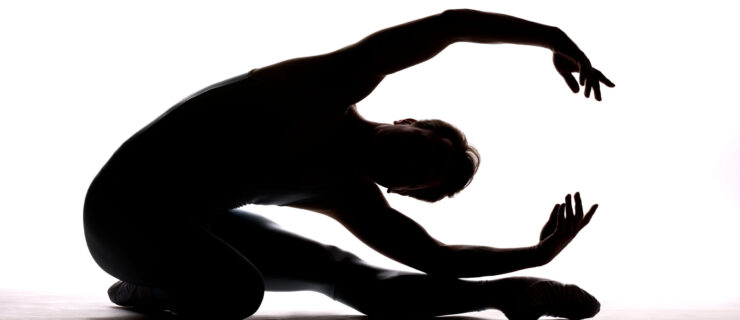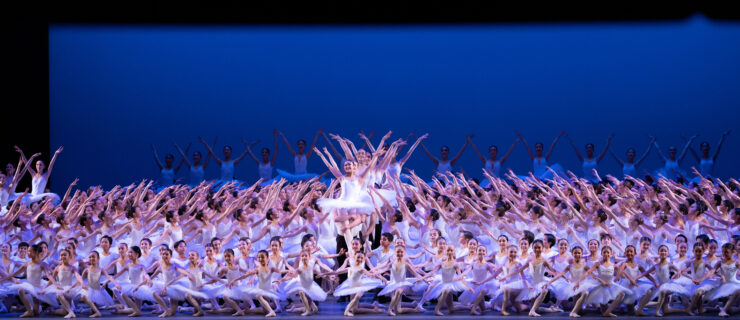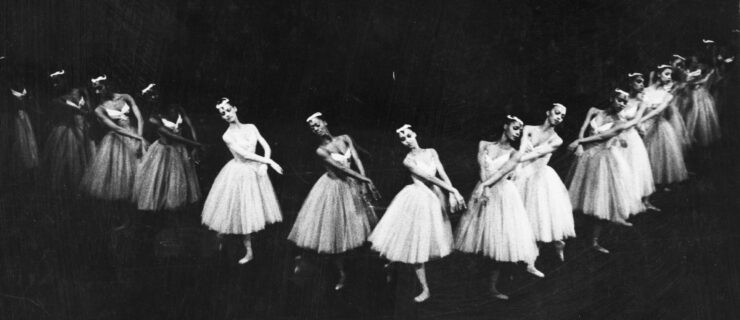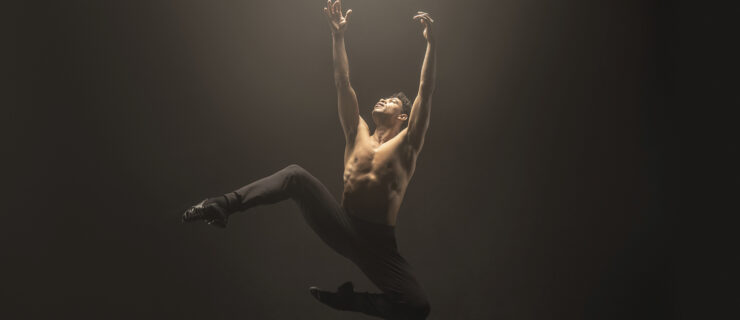Beyond Solidarity Statements: The Real Work Ballet Organizations Must Do to Dismantle Systemic Racism
Black squares on your organization’s social media profile. Posting videos and images of the Black dancers within your company or school. Buttoned up, PR-approved statements that fall in line with what everyone else is saying and doing. Many Black dancers have had enough of performative solidarity from ballet organizations, stemming from the uprisings over the murders of George Floyd, Breonna Taylor, Ahmaud Arbery and so many others. It feels trendy, and it’s not landing.
“I see some companies grappling with it, and I see others patching things, wordsmithing a statement, or negotiating how much responsibility they want to take,” says Theresa Ruth Howard, founder of Memoirs of Blacks in Ballet who’s also an educator, writer, consultant to The Equity Project and seasoned diversity strategist. “When it’s about checking boxes, it’s clear it’s performative.”
Where some organizations are missing the mark is in the misalignment between what they’re posting outwardly and what their dancers of color are experiencing behind closed doors. When a ballet organization’s culture doesn’t feel “Black- or brown-friendly,” as Howard frames it, then any statement promoting racial justice won’t resonate with those who experience something different day to day.
Black dancers are still experiencing various forms of racism in ballet. Sometimes it’s clear macroaggressions, not unlike voter suppression or redlining, where certain groups are kept from equal opportunities. This was the case with Alexis Carter-Black, who says she was told by an instructor at her daughter Ainsley’s ballet school that they didn’t think students should get private lessons and later witnessed that same instructor giving a private lesson to a white dancer. “It seemed like they’d do anything to keep her from progressing,” says Carter-Black.
Other times racism comes in the form of microaggressions—very subtle discriminatory language or behavior that’s harder to prove but still stings nonetheless. For a Black Brazilian dancer, it’s being asked if you can speak English. For the Black dance mom, it’s being called “aggressive” when you ask an instructor about how she handled a conversation with your daughter about her hair. For choreographer Ja’ Malik, who danced with numerous ballet companies and is director and founder of Ballet Boy Productions, it’s being asked if you have a background in African or hip hop when your materials clearly indicate otherwise.

Gabrielle Salvatto in Ballet West’s Nutcracker. Luke Isley, Courtesy Ballet West
“Racism is usually subtle,” says Gabrielle Salvatto, who recently joined Tanzcompany Innsbrook in Austria after dancing with Ballet West and Dance Theatre of Harlem. Salvatto’s own experience includes being called “an ethnic” by someone in a marketing department, as well as several ballet mistresses repeatedly confusing the names of the Black dancers in the company. “A teacher can differentiate between 25 white people, but can’t between two women of color,” she says.
What’s even more disheartening is that responses to these types of incidents rarely do the offense justice. When Carter-Black, whose 17-year-old daughter repeatedly experiences such behavior at her dance schools in Oklahoma, raised concerns over an instructor who called Ainsley’s hair “nasty and greasy” and who also made a game of “girls with Black names,” she was racially gaslighted—told by administration that the instructor “didn’t mean anything by it”—and the teacher was never disciplined.
Instead of jumping on board with trending hashtags and performative gestures, here are three ways ballet companies and schools can do the work to dismantle racism and discrimination within their organizations.
1. Start with self-assessment
“Ballet has never been asked to be reflective of itself because it’s at the top of the dance hierarchy,” says Howard, whose diversity, equity and inclusion (DEI) work began in 2015. She says that organizations are people, and that people need to take a deep look at what its values once were, what values it upholds and what it creates or perpetuates. With that assessment, steps can be taken to address the gaps, if any. “Not every organization is at the same place in their DEI journey, and that’s okay,” she says. “I just ask it to look at itself and interrogate itself.”
Include your Black dancers in the dialogue. Create a safe space where they feel comfortable—empowered, even—to share their experiences without fearing retaliation or being labeled a “deterrent.”
2. Seek education and accountability
Everyone, even members of marginalized groups, has inherent bias. If those in your organization are genuinely unaware that their language or behavior has racist undertones, seek out diversity trainings, anti-racism educators or consultants like Howard to help you create a more diverse, equitable and inclusive culture. “My personal measure of success is in the human shift,” Howard says. “Who’s able to have the difficult conversations? Who’s living the lingo? Who’s embodying the core values?”
As you’re doing this work, be transparent about it with your dancers. Transparency about your inner work helps dancers believe your outward expression of solidarity, and it also allows them to partner with you on your accountability. “Look for their deeds. Accountability is another part of that,” Howard says.

3. Make accessibility a practice and a priority
It’s time for ballet organizations to reimagine the way they make entry into their schools, companies and audiences more accessible.
Consider your outreach efforts.
Are you retaining diverse dancers? Carter-Black suggests more support and growth opportunities for outreach-program students, noting that scholarship recipients from those programs don’t usually return after their award year has ended. Salvatto and Howard both agree that ballet schools seem to focus their outreach only on lower-income communities, as if brown skin automatically equates to being poor. “No one in an economic crisis can afford ballet,” says Howard. They recommend that organizations expand their efforts to include Black middle-class families who can afford ballet training and could use the additional support just the same as their white counterparts. This also solves the problem of retention, as many of these families have already committed to the time and monetary investment of their own accord.
Consider the diversity of your organization.
How racially inclusive is your company, staff and board? To effect real change, there needs to be diverse representation on all levels of your organization. “Open your company to look like the world you live in,” suggests Ja’ Malik, who says many of his Black peers have had more success finding work in Europe than in the U.S. “It’s really not that hard,” he adds, citing Complexions Contemporary Ballet as a model for diversity in the profession.
Consider how you’re casting your pieces.
Are your Black dancers cast as leads primarily in contemporary or jazz-inspired works, or do they also receive equal consideration in Eurocentric pieces? Salvatto and Ja’ Malik suggest challenging those within the organization who may have more “exclusive” belief systems. “How you use dancers of color is indicative of some kind of inherent bias that is in the dance world,” Salvatto says.
Consider how you commission your choreographers.
Ja’ Malik, who’s been called “a choreographer to watch” by the New York Times, received a commission from one company only after removing his name from his materials. He’d included it on his submission to the same company only months prior and received no response. “You’re not seeing the talent in front of you,” he says. “You’re just seeing the color.”

Approaching the work of diversity, equity and inclusion within your organization can understandably be uncomfortable. But the status quo no longer works. It actually never really worked for everyone in an equitable way. And so, Black dancers are speaking up to say they’ve had enough, and they want change. “Black people are looking for the human statement, not the organization statement. We require a level of vulnerability and humanity,” says Howard. “When you do that, then you’re acknowledging you see us and our humanity.”
